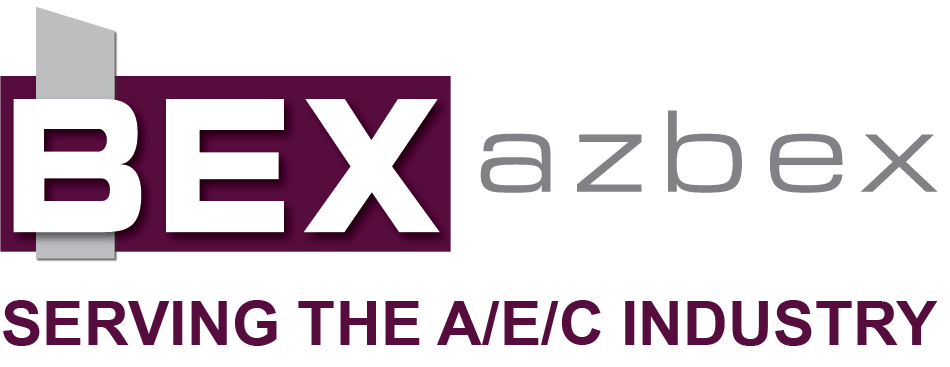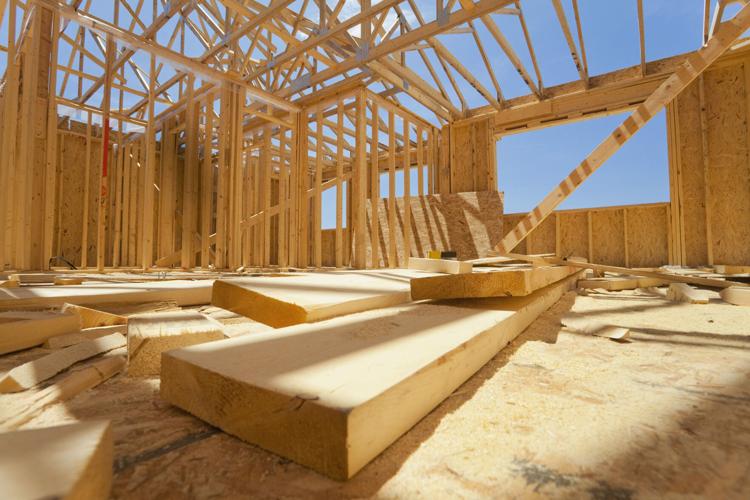The commercial real estate and construction markets are trying to anticipate their next, best steps following the Trump administration’s announcement of tariffs on more than 150 countries April 2.
Markets dropped dramatically, and fears of price increases and the potential for delays in construction, sales and leasing were a commonly expressed concern, including fear of many large projects around the country being abandoned entirely.
The scale of the tariffs was larger than many pundits had expected. More than 150 countries were hit with a minimum tariff of at least 10%, while Vietnam saw 46% and China was issued a 34% levy, which it reciprocated by the end of the week.
The administration’s goal is to offset unbalanced costs and taxes imposed by other countries and level the import/export playing field. The initial effect, however, has been shock. Both the NASDAQ and S&P 500 indices experienced their largest single-day losses since the pandemic.
Real estate REITs, particularly in the Hotel and Industrial spaces, also experienced heavy losses. The Hotel REIT index fell more than 9%. Industrial REITs were down 8%.
Several major brokerages were down between 7% and 9%.
The most profound near-term consequence in construction will be likely price hikes for construction materials. While tariff rates vary from country to country, some are more than 40%, which some industry leaders predict could tilt a number of projects to no longer pencil out due to budget overruns and reduced return on investment.
Many companies are now trying to lock in guaranteed maximum price contracts in the hope of avoiding pricing uncertainty given the vacillating nature of the administration’s tariff policies up to this point.
Even if the administration’s goal of producing improved parity between the U.S. and other countries and ultimately reducing or eliminating the added charges is met, price changes in construction materials since the pandemic have had an “up like a rocket, down like a feather” performance aspect and have remained elevated for much longer periods beyond the initial crisis timeline.
Even though they were only just announced and, in most cases, have not been implemented yet, tariffs are already being blamed for price increases due to advanced sale demand, and some developers are already abandoning stalled projects altogether. Abandonments increased 41% in Q1, according to the ConstructConnect index measuring project stress. Notes in the March report said the surge could be because of a combination of near-term price increases, high interest rates and ongoing labor shortages.
On the plus side, the administration’s goal of increasing U.S. manufacturing has made measurable progress. The last three months have yielded more than $33B in new manufacturing announcements, with a particular focus on the advanced manufacturing sector.
Experts say CRE might actually benefit from tariff uncertainty. During the 2000 tech bubble, CRE investment came to be seen as a more stable option than the stock market. (Source)

